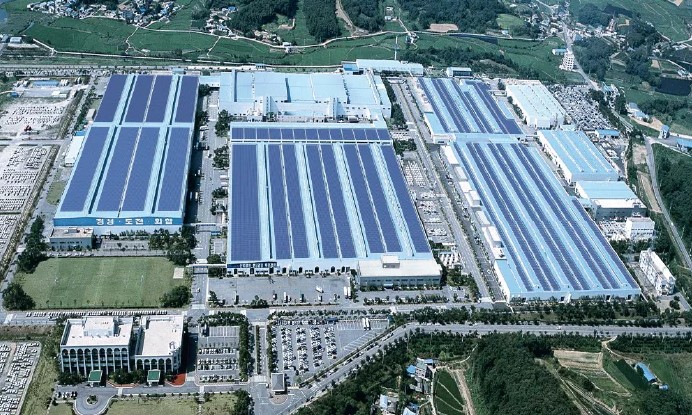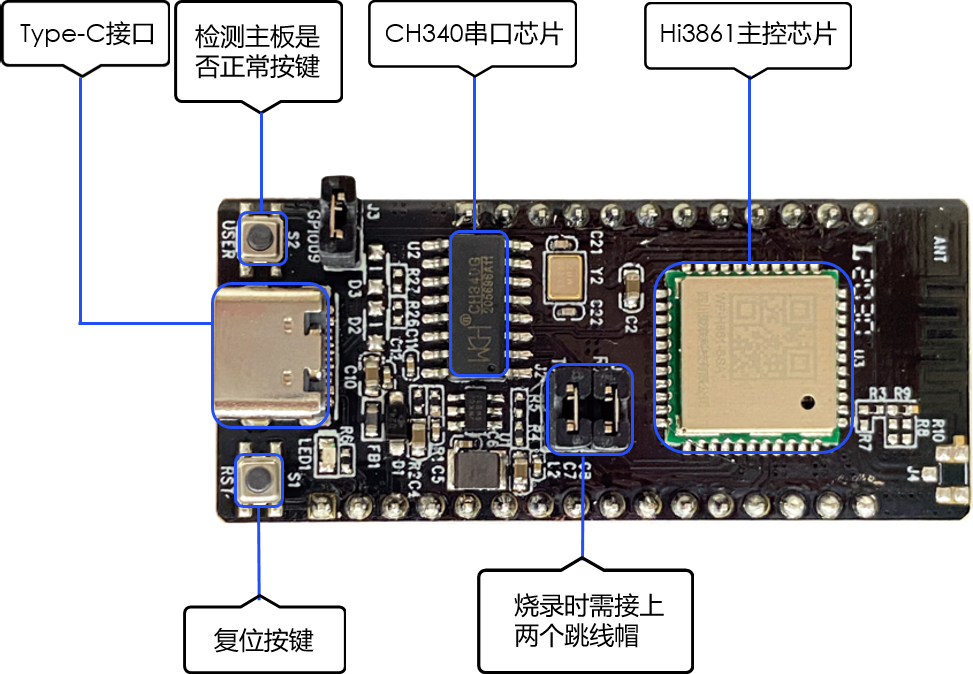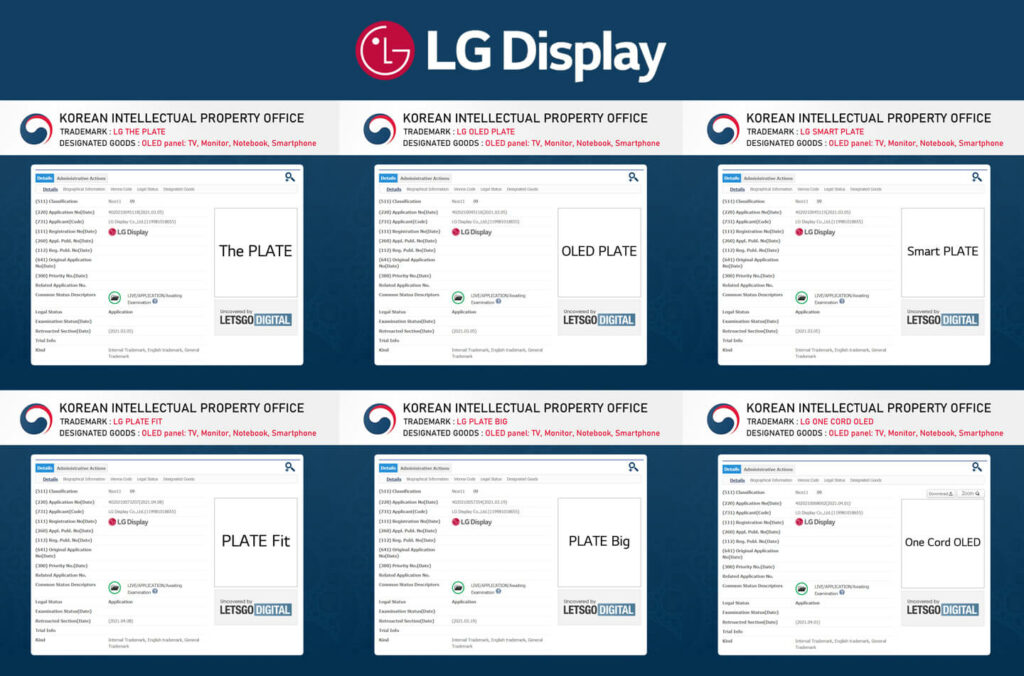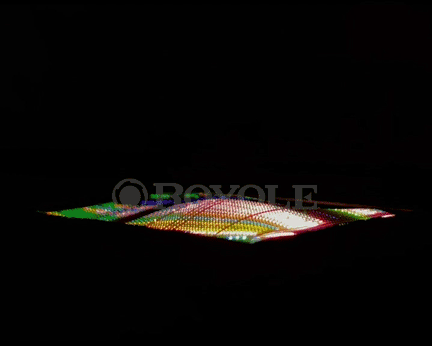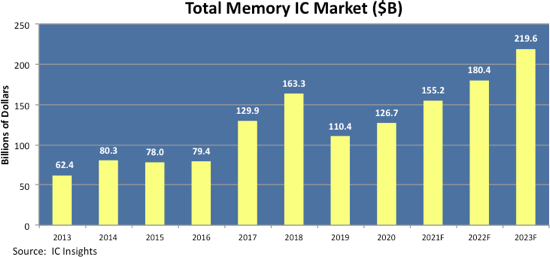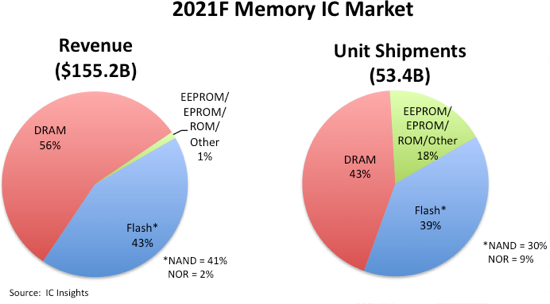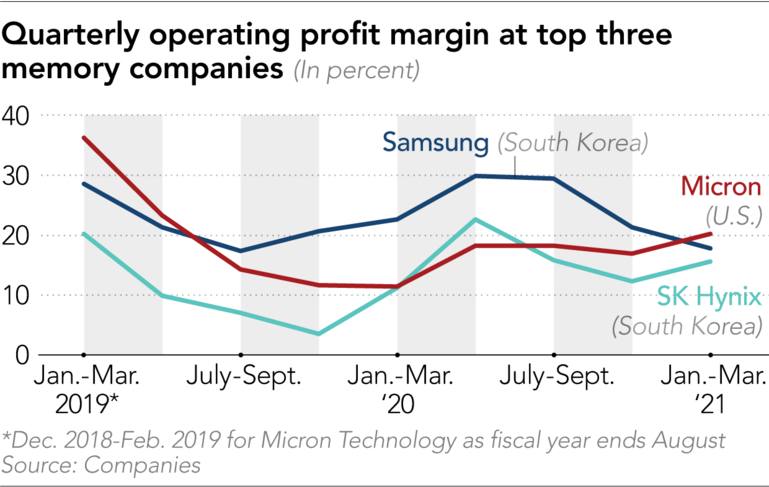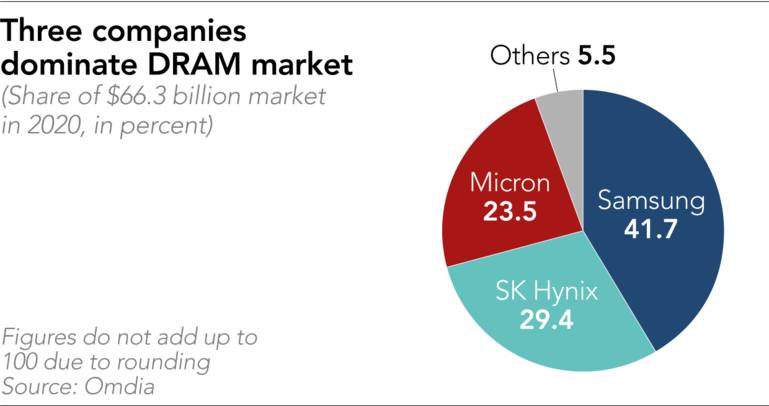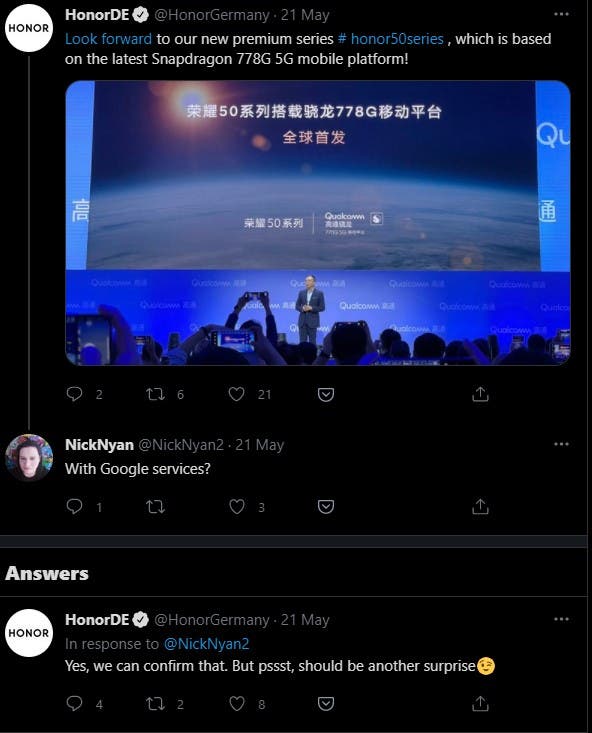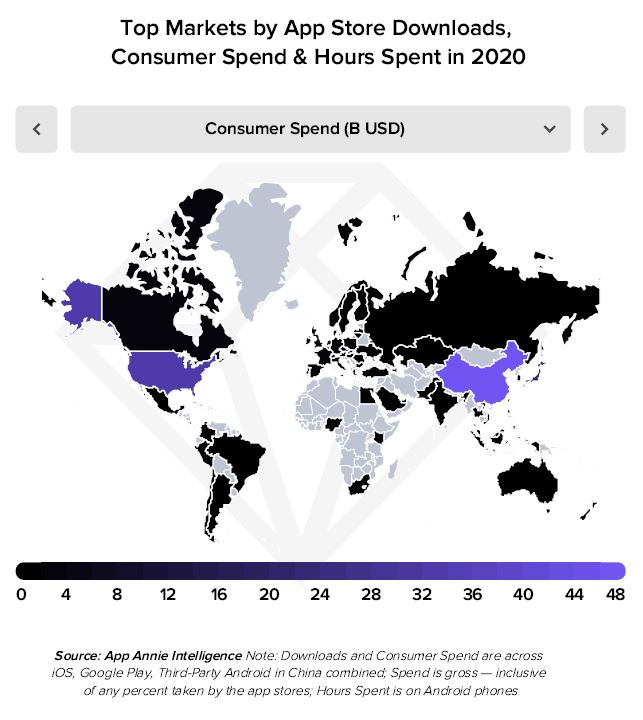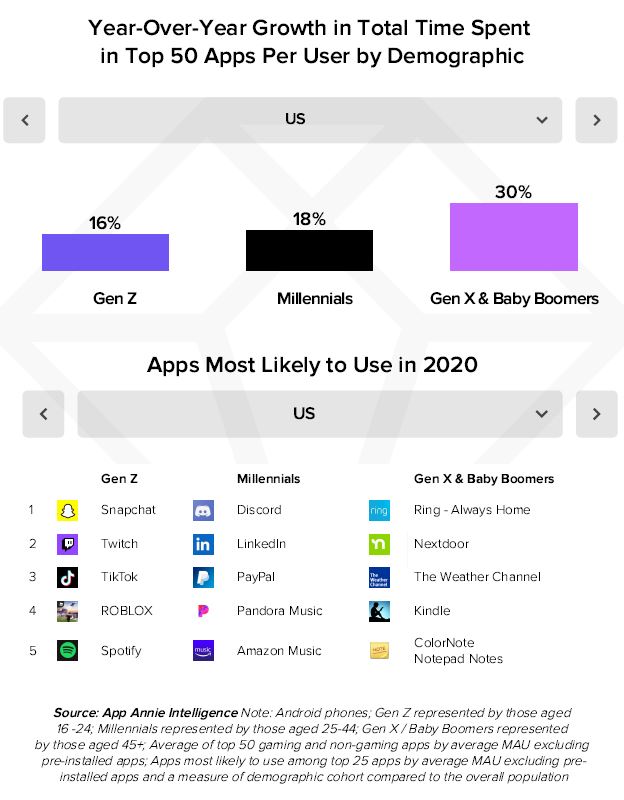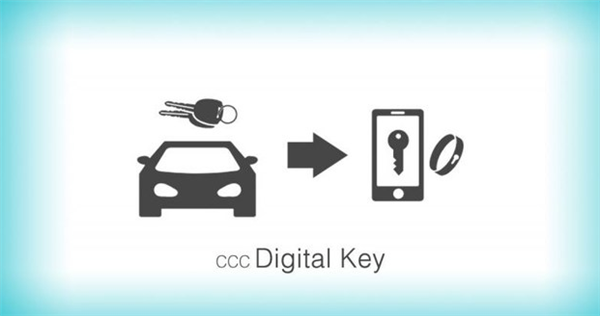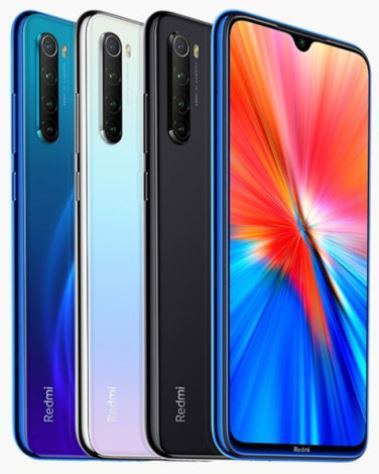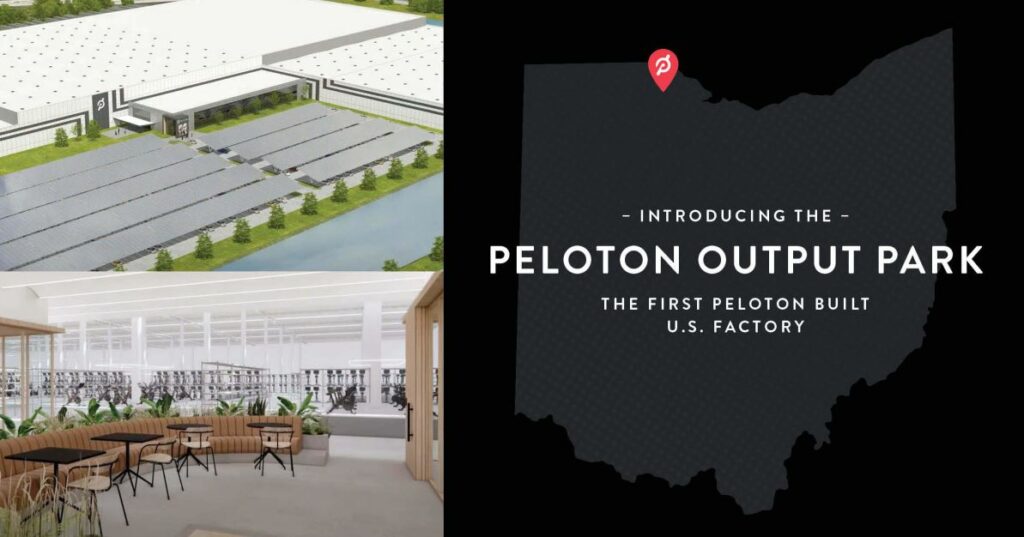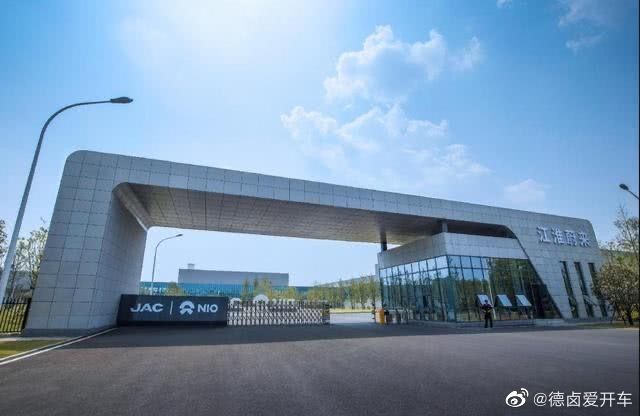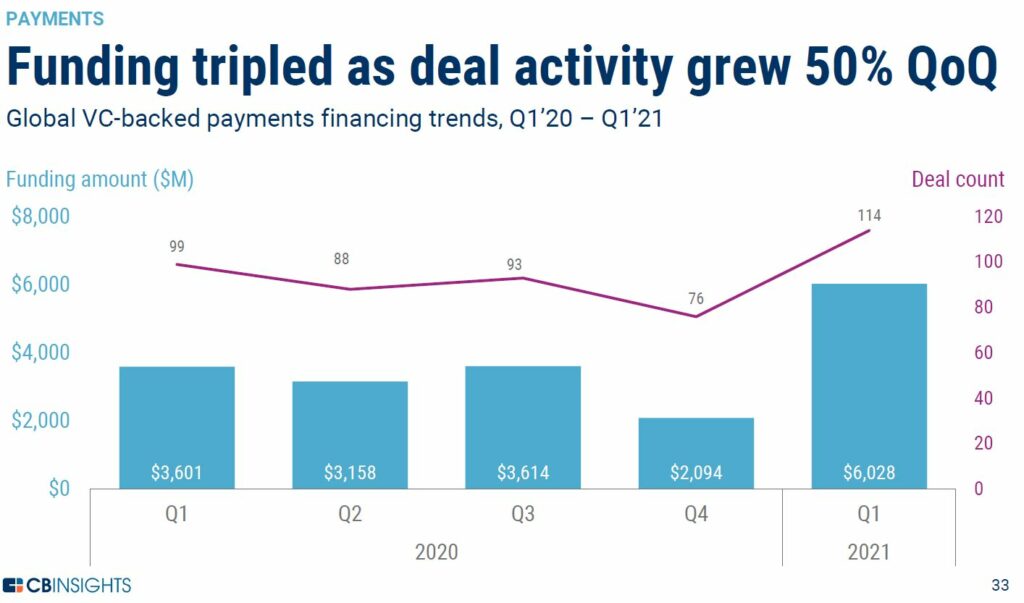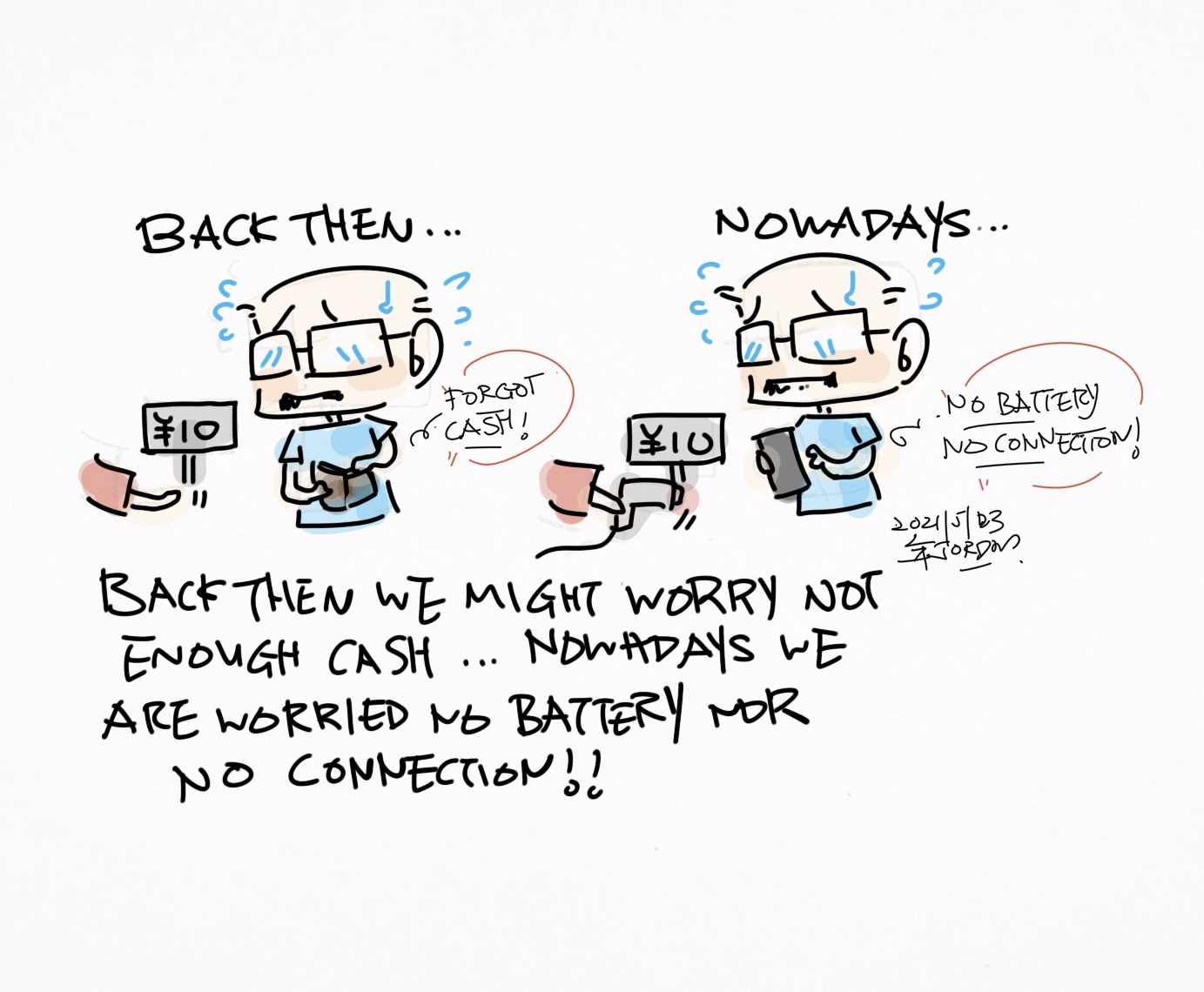
5-25 #Payment : Qualcomm has debuted the Qualcomm Snapdragon 7c Gen 2 compute platform; Royole has unveiled what it says is the first stretchable micro-LED display that can be mass-produced; Future Honor smartphones would feature Google services; etc.
Due to the shortage of chips, Hyundai Motor’s plant in Asan, South Korea, will also stop production again. Hyundai Motor’s plant in Asan will stop production from 24-26 May 2021. Hyundai Motor’s factory in Asan is one of their 7 factories in South Korea. Hyundai Motor’s Asan plant can produce 300,000 vehicles a year, including Sonata, Grandeur, and other models. Hyundai Motor has 5 factories in Ulsan. Ulsan’s No. 1 and No. 4 factories have stopped production in Apr 2021, and No. 3 and No. 5 factories have also stopped production. The reason for the suspension is also a shortage of chips. (CN Beta, Laoyaoba, RPRNA)
In a bid to overcome US restrictions on its ARM designs, Huawei’s HiSilicon has turned to the open-source RISC-V architecture and has even released its first RISC-V board for Harmony OS developers. HiSilicon’s HiSilicon Hi3861 development board is based on the company’s own Hi3861 controller. (My Drivers, CN Beta, Sina, Tom’s Hardware)
Taiwan-based United Microelectronics (UMC), Vanguard International Semiconductor (VIS) and Powerchip Semiconductor Manufacturing (PSMC), China’s Semiconductor Manufacturing International (SMIC), and Globalfoundries are all expected to hike their foundry quotes again to respond to their continued tight capacities at 8” and 12” fabs, according to Digitimes. The planned hikes in the foundries’ quotes for 3Q21 will be higher than those in 1H21. (Digitimes, press, Digitimes, Digitimes)
Qualcomm has debuted the Qualcomm Snapdragon 7c Gen 2 compute platform. The updated chip for entry-level Windows PCs and Chromebooks sports a slight clockspeed boost, bumping the frequency of the two Kryo 468 (Cortex-A76) cores up to 2.55GHz. (Android Central, Qualcomm, Qualcomm, The Verge, AnandTech, CN Beta)
Google’s Whitechapel will be the company’s first attempt at a custom silicon, and it will likely be found in the upcoming Pixel 6 and Pixel 6 Pro. The Whitechapel chip will sport a custom Neural Processing Unit and Image Signal Processor. (CN Beta, Phone Arena, WCCFTech, GizChina)
LG Display (LGD) has submitted 6 trademark applications to the Korean Intellectual Property Office (KIPO) including: Plate, OLED Plate, Smart Plate, Plate Big, Plate Fit and One Cord OLED. (CN Beta, LetsGoDigital)
Smartphone OLED panel shipments will reach 812M units in 2022, said Omdia. This is an increase of 38.8% compared to the expected shipments of 585M units in 2021. Omdia is estimating that Apple will use the largest number of OLED panels for smartphones in 2022. It is expected to use 169M OLED panels in 2021 and 190M OLED panels in 2022. It is likely to use OLED panels for new products that are scheduled to be released in 2H21. Samsung Electronics is expected to use 155M sheets in 2021 and 168M sheets in 2022, the second largest after Apple. (Business Korea, Laoyaoba)
Royole has unveiled what it says is the first stretchable micro-LED display that can be mass-produced. Royole’s micro-LED stretchable display technology is capable of 130% stretchability, convex bending up to 40º, while reaching a resolution up to 120ppi, a resolution threshold capable for use in laptop screens. The 2.7” stretchable demo panel is implemented in 96×60 resolution. (Android Authority, Royole, 163, IT Home)
The updated forecast of IC Insights shows that after a steep drop in 2019, sales of memory ICs rebounded 15% during COVID-plagued 2020. Following up on that increase, stronger DRAM pricing is expected to lift total memory revenue 23% in 2021 to USD155.2B. The average selling price for DRAM jumped 8% sequentially in 1Q21, and nearly all of the leading memory suppliers stated in their most recent quarterly financial presentations that they expected stronger demand in 2Q21. The memory upturn is forecast to continue into 2022 when total memory sales are expected to rise 16% to USD180.4B. (Laoyaoba, IC Insights)
Micron is challenging Samsung’s dominance. Micron is catching up with Samsung in mass-production technology for cutting-edge DRAM with a circuit line width of 15nm, and it has begun mass production of advanced 176-layer NAND flash memory, in which the memory elements are stacked vertically, ahead of Samsung. (Laoyaoba, Asia Nikkei)
Honor German division has confirmed that the future Honor smartphones would feature Google services. (GizChina, Gizmo China)
According to App Annie, app habits are not fully formed — demand for new apps and games still grows globally, up 7% YoY to 218B downloads. Now is the time for user acquisition. Consumers migrated more of their physical needs onto mobile; spend hit new heights at USD143B at 20% growth YoY. Mobile took over mindshare at 3.5T hours on Android phones annually. Mobile is the only channel with this reach and depth of engagement. (App Annie, report, report)
According to App Annie, in the US, Gen Z, Millennials and Gen X / Baby Boomers spent 16%, 18% and 30% more time YoY, respectively, in their most-used apps. In the UK, this was 18%, 17% and 27%, respectively. In the US and UK, Gen Z had the highest affinity for Snapchat and Twitch, respectively. (App Annie, report, report)
OPPO has announced that it has completed joint development and testing of digital car keys based on the Car Connectivity Consortium (CCC) version 2.0 with NIO, and will soon launch related functions in the wallet app of OPPO phones and watches. At the same time, OPPO has revealed that it is carrying out in-depth cooperation in the field of digital car keys with a number of car companies and Tier-1 suppliers, and will support more and more car brands in the future. (My Drivers, Laoyaoba, IT Home, Sina)
OPPO has announced that it would be launching its own exclusive home delivery service in India. This delivery service will be centered on shipping its own electronic products across the country. The initiative is in line with its longer-term Omni channel strategy and an effort towards providing support to local store and mainline partners to sell OPPO products via WhatsApp. (Gizmo China, Mobile Indian, Economic Times)
Redmi Note 8 2021 is announced – 6.3” 1080×2340 FHD+ v-notch IPS LCD, MediaTek Helio G85, rear quad 48MP-8MP ultrawide-2MP macro-2MP depth + front 13MP, 4+64 / 6+64 / 4+128 / 6+128GB, Android 11.0, rear fingerprint, 4000mAh 18W, expected INR11,999 (USD165) in India. (GSM Arena, Android Authority, Mi.com, 91Mobiles)
Peloton has announced plans to invest USD400M in a US factory to produce its connected bikes and treadmills, located in Troy Township, Ohio. Production is expected to start in 2023. It has also acquired fitness manufacturer Precor for USD420M, gaining manufacturing facilities in North Carolina and Washington. Peloton expects to make its Bike and Tread machines in these factories by the end of 2021. (CN Beta, The Verge, BBC, CNBC, Peloton)
Huawei has issued a statement reiterating that it would not build cars, saying that “Huawei does not build cars”. Huawei and ArcFox have jointly released an autonomous driving model, and at the same time jointly launched the Cyrus SF5 Huawei Smart Selection model with Xiaokang, officially starting the car sales business. (Laoyaoba, Sina, NBD, Equalocean)
NIO has announced that it has entered into manufacturing agreements with Jianghuai Automobile Group (JAC) and Jianglai Advanced Manufacturing Technology (Jianglai), regarding the joint manufacturing of NIO vehicles and related fee arrangements. JAC currently manufactures the NIO vehicles in delivery, including the ES8, ES6 and EC6, in the Hefei JAC-NIO manufacturing plant designed and constructed for NIO vehicles. Jianglai is a joint venture for operation management established by JAC and NIO where NIO holds 49% equity interests. (CN Beta, NIO, Inside EVs)
According to CB Insights, payments companies raised over USD6B in 1Q21, a QoQ increase of 188%. Deal activity in the same period increased 50% to 114. There were 18 mega-rounds, which accounted for over 75% of total funding. (CB Insights report)

